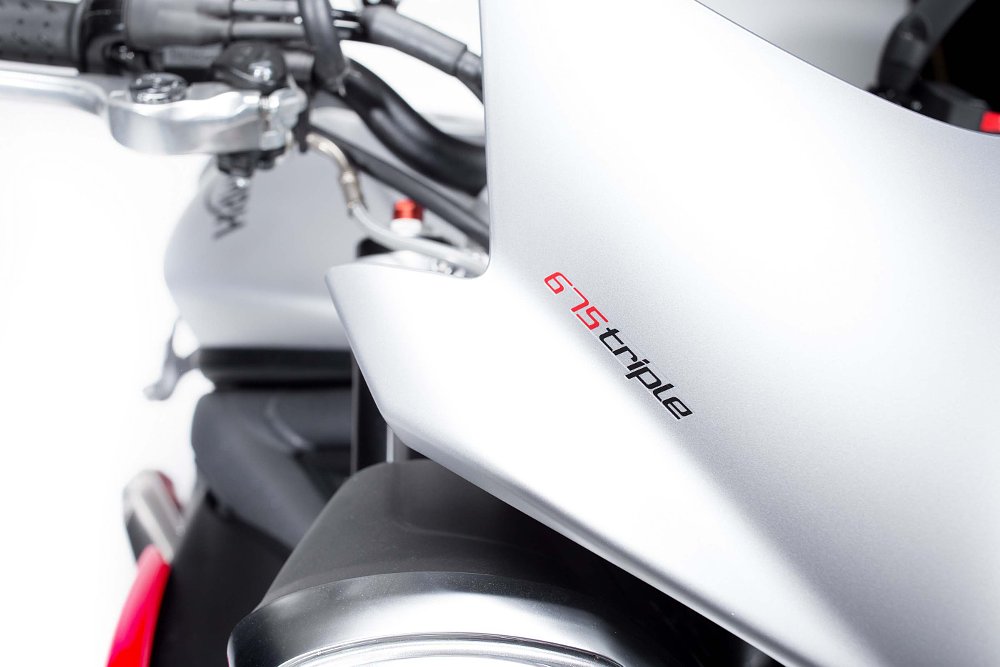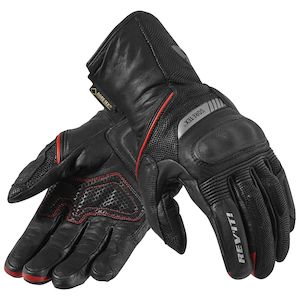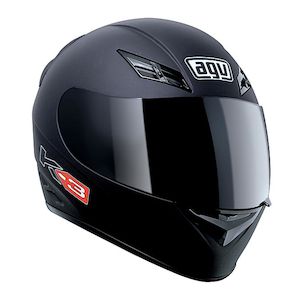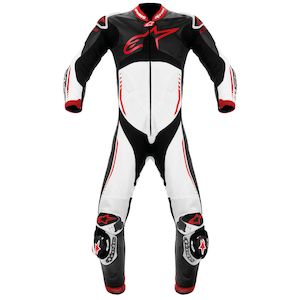Although it has been around since 2007, the Triumph Street Triple is a bike people always seem to want to know about. They're rare enough that you don't see them all the time, common enough not to feel like an unobtainable exotic, and so popular with their owners that you naturally want to know more.
Even before I spent much time on one, the Street Triple was on a very short list of bikes whose owners I assume are smarter than most. It doesn't make the most power and it isn't the sexiest, but as a package it seems like a wonderful combination of a brilliant engine, small size and weight, and high-spec components. It's a bike I'm constantly asked about and, after falling in love with what the Yamaha FZ-09 could be, I knew I needed to really spend some time with the Triumph.
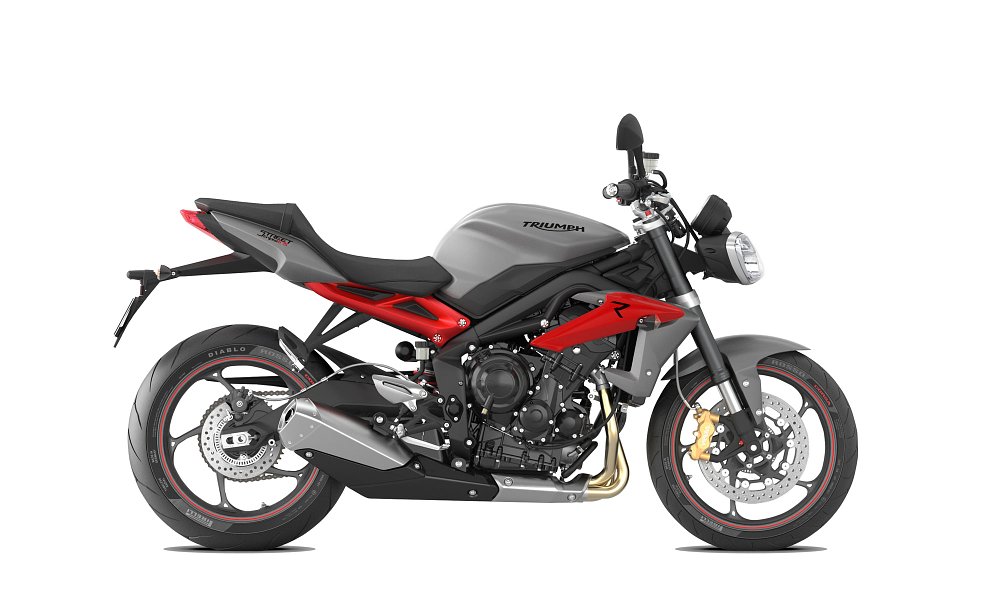
The bike
The 2015 Triumph Street Triple R ABS is powered by an inline, three-cylinder engine that has been unchanged since its last update in 2013. It makes 106 horsepower at 11,850 rpm and 50 foot-pounds of torque at 9,750 rpm.

The Street Triple base model comes with a (switchable) ABS braking system as standard equipment, both front and rear. The R version (the model we tested) adds upgraded suspension, with a KYB inverted fork that's adjustable for preload, rebound and compression damping and a rear monoshock with a piggy-back reservoir that's adjustable for preload, rebound and compression damping. (The standard version only offers preload adjustment for both front and rear.)

New for this year is the addition of the Rx Special Edition. The highest model option comes standard with the best accessories available, including a quick shifter, bodywork, special red wheels, and the subframe and seat unit from the Daytona, which add a little more of a supersport feel.
The frame on the bike is an aluminum beam twin spar that has incorporated the intake duct through the headstock for higher efficiency. Weight has been reduced by 13 pounds and shifted forward so that 52 percent is now on the front wheel. The Street Triple R and Rx Special Edition have sharper geometry than the standard model, with 0.7 degree steeper rake angle at 23.4 degrees and 4.6 mm less trail at 95 mm, giving the bike a sportier feel.
The stopping power of the Street Triple comes from twin 310 mm floating rotors for the front, matched with Nissin two-piston sliding calipers for the standard model, while the higher two models come with a faster acting four-piston radial-mount caliper. All models come with a single 220 mm disc and single piston caliper rear braking system.
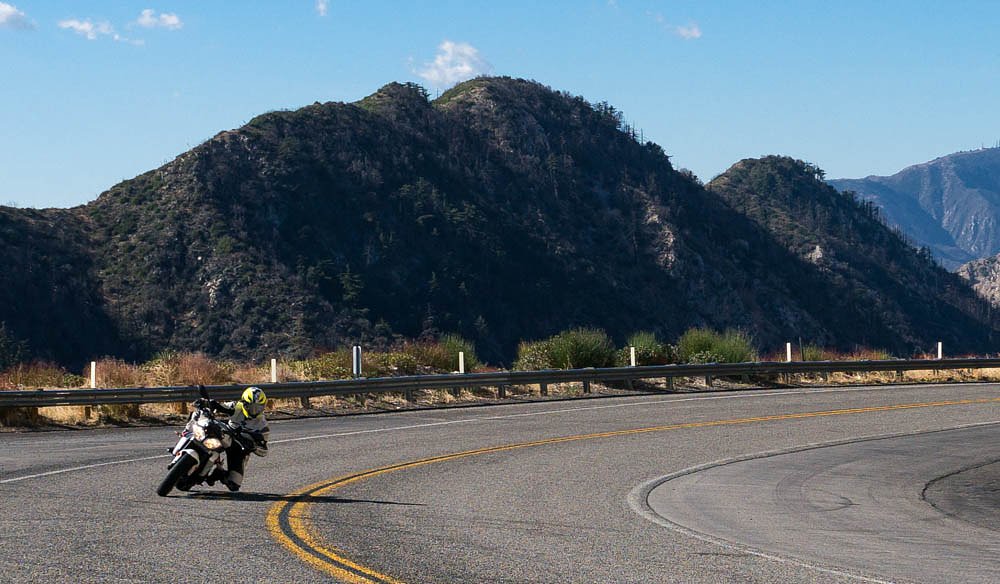
Filled with fuel, the Street Triple weighs 403 pounds. The R version we tested retails for $10,399, $1,000 more than the standard model. That is money well spent when you consider that it gives you the ability to adjust rebound and compression damping, the sportier frame geometry and much better brakes.

Testing the Street Triple R
From the moment I left Triumph HQ, I was blown away by the quality of the little Triumph, from the materials and feel of the instrument panel to the way the suspension gracefully handled bumps in the road while being firm enough to take a freeway on-ramp at a fast pace.

The Street Triple R really is the perfect motorcycle for a city like Los Angeles. Its small size makes it perfect for filtering or navigating through cagers who do pretty much whatever they please. The suspension ate up craters in even our worst roads, and those brakes are nothing short of fantastic.
The power is also very city-appropriate, though it is noticeably down from the Yamaha FZ-09. The torque from the FZ is not only much greater (about 15 foot-pounds), but it's also made earlier, which is quite apparent on the butt dyno. Compared to other triples, the Street Triple almost feels like a blend of a triple and an inline-four, requiring you to chase the power a little and keep the bike a little higher in the rev range.
Due to travel and time restrictions, I had local fast-guy Bucky Bautista take the Street Triple R out for some twisty-road testing to get a second opinion. Here are his thoughts:
Bucky: My relationship with the bike began by picking it up from Sean’s place and commuting 50 miles on the car-infested 405 freeway. It is really the perfect testing grounds, with its beat-up pavement and a chaos of cars obeying whichever laws they please. The Triple is the lane-filtering king — narrow, nimble, and smooth under both acceleration and engine braking. Unlike many sport bikes, the Triple does not have a slipper clutch, but it never feels like it needs one, even when I ride it like a sport bike.
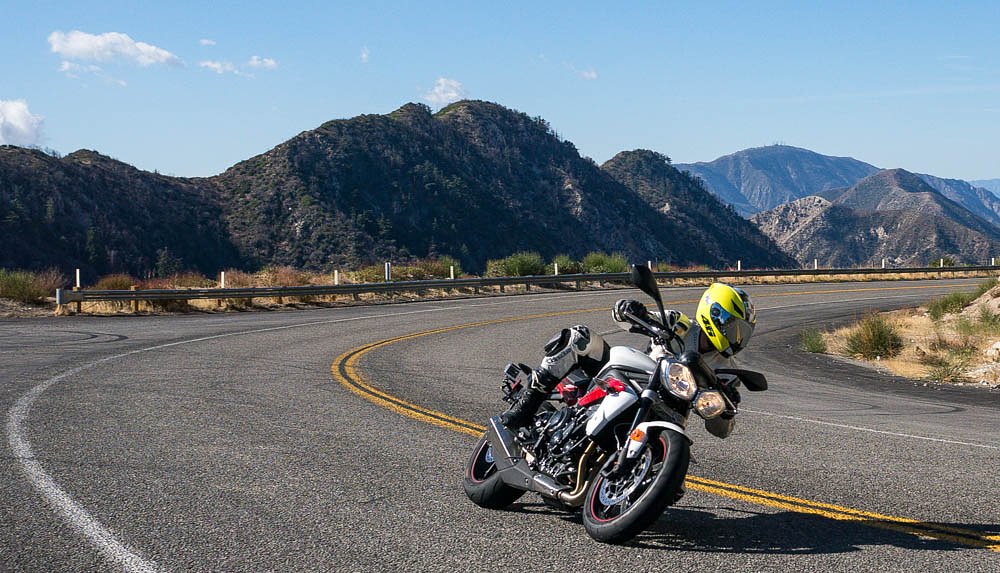
My initial thought was that the Triple felt just like the Daytona I rented in Australia two years ago, only more upright and, well, naked. Throttle response was perfectly smooth and forgiving, unlike the abruptness of the FZ-09 that makes it hard to find maintenance throttle through a turn on the winding Mulholland Highway. The Triple's power delivery was flowing and felt natural in all riding conditions.
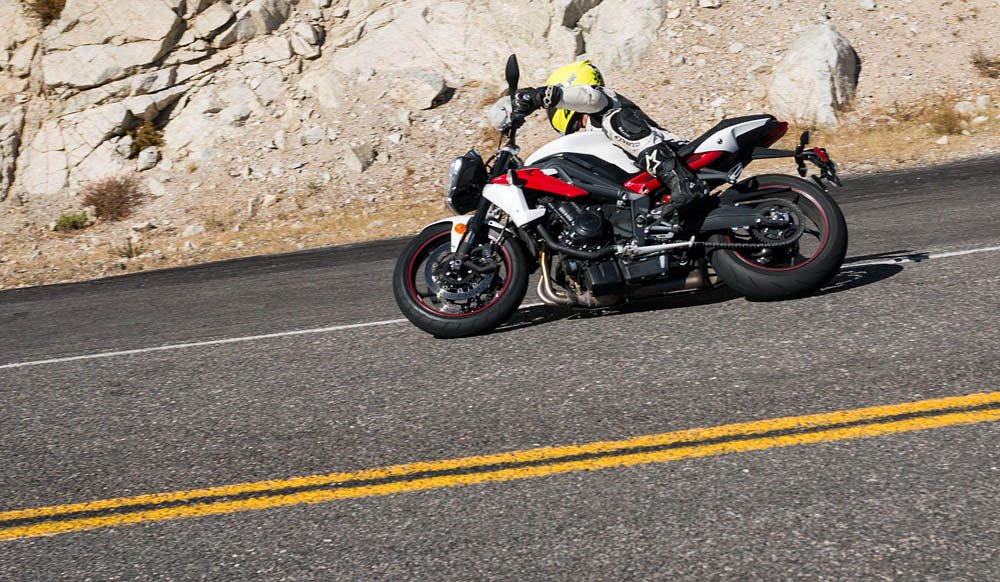
For that reason, it wasn’t long before I felt comfortable wringing the Street Triple’s neck. I wasn’t too worried about twisting the throttle hard out of a curve in the canyons and upsetting the front suspension. The combination of horsepower and fuel mapping keeps the bike absolutely stable, easing the suspension's workload.
I found the factory suspension settings a bit soft, but once I adjusted the preload to my weight, the bike’s chassis tracked perfectly. While the Triple doesn't ride tall like the FZ-09, I never worried about dragging the pegs or any other hard parts while leaned over. Despite the upright stance, riding the bike fast at full, knee-dragging lean felt very natural. This is a naked bike you can ride hard, like a superbike.
Street Triple R highlights
The Triumph Street Triple R is an incredibly well thought out and executed package. Everything on the bike not only works, but works well. Triumph has raised the bar for other manufacturers. Whether you want an around-town bike, a canyon carver, or a track toy, the Triumph Street Triple deserves to be on the list of bikes you're looking at.
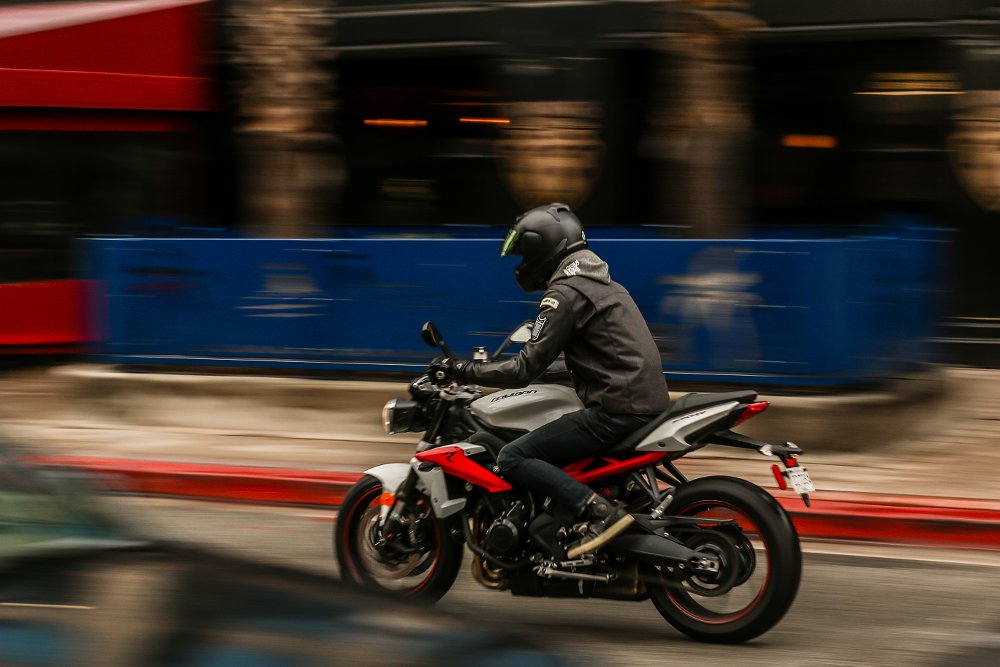
The brakes are great. The ABS system was a little rough and not as refined as some other brands’ systems, but I did like the fact that you can switch off ABS via the instrument cluster. The initial bite of the four-piston Nissin calipers is more than this lightweight naked needs, but both Bucky and I loved it, despite our different riding backgrounds.
Bucky: The aggressive sound of the Street Triple separates it from other uprights. The hybrid sound of a throaty roar and electronic whizzing really makes you want to keep pushing it and finding reasons to whack the throttle open. Even on the highway, I found myself letting off a maintenance throttle just so I could goose it to enjoy the mixture of power and sound.
The little things count, and Triumph's attention to details adds to the feel of quality. The 90-degree valve stems on the wheels are easy to overlook, but I can’t tell you how much I appreciate them when trying to check air pressure while a brake rotor is red hot.
As a package, the Street Triple just works. It offers such a beautiful blend of capabilities for around-town riding and commuting that it almost doesn't need to be so good for sport riding — but that's probably where it excels most. People often look to bikes like the Kawasaki Ninja 650, Yamaha FZ6R, or new Honda CBR650F as a stepping stone between the little 250s and 300s of the world and 600 cc sport bikes, but the Street Triple is really the perfect fit for that gap.
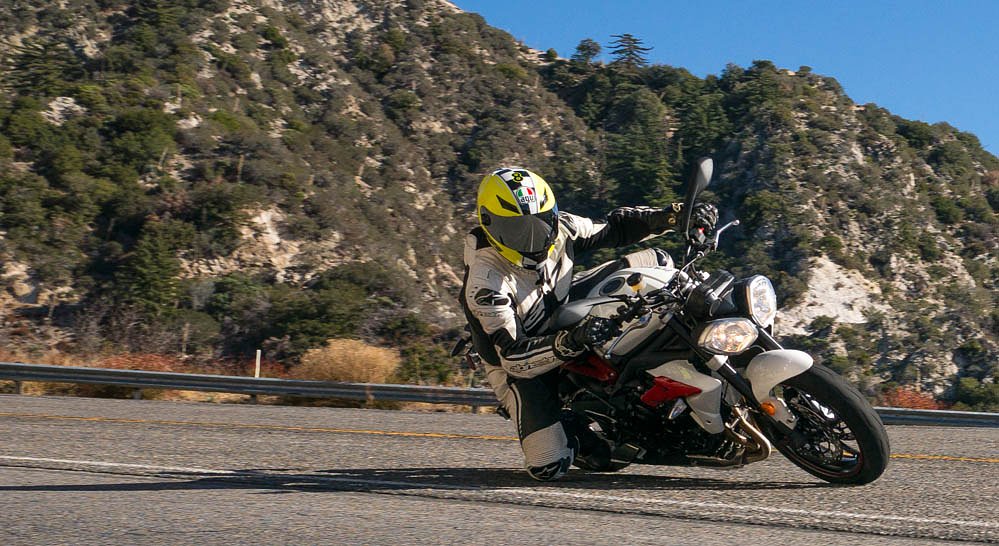
Street Triple R lowlights
The Street Triple’s kickstand is something to be mastered. You will have to look down for several weeks to find it with your foot before you can go by muscle memory. Even then, you will have to occasionally look down if you are using a shoe or boot with a rounded heel.


I liked the cluster display options, but navigating the options without referring to the owner's manual takes some getting used to. I also didn’t care for the placement slightly behind the upper triple tree, as I had to take my concentration away from the road longer than I would like. Maybe that is just the way of the naked bike, since you are more upright compared to the tucked position of a sportbike.
The competition
The obvious competitor that we and the rest of the world are looking at is the Yamaha FZ-09, a bike I've written about at length. The Yamaha has an MSRP of $8,190 and makes 9 more horsepower and 15 more foot-pounds of torque. Unfortunately, it isn't nearly as refined as the Triumph, and comes with atrocious suspension and still-to-be-perfected fueling. Overall, the Yamaha feels much cheaper and you can just tell not as much thought has gone into it. To bring the Yamaha up to the level of the Triumph, you'd need to spend about $2,500 to fix the suspension and fueling, which essentially makes the price the same — and that's before you factor in the time it would take to order and install the upgraded parts.

The Yamaha’s bars felt higher, and the overall geometry of the bike makes it feel like you wouldn’t be able to throw it around like a proper sportbike. With the Street Triple, there was no doubt about riding style. You can wring the Triumph’s neck through the canyons immediately, dragging a knee through every turn.
Which one you choose depends on what is more important to you. If you have the time, knowledge, and ability to put some work into the motorcycle, and you want to have a bike that's special to you and has your fingerprints all over it, or you care most about absolute performance, then the Yamaha FZ-09 may be a better buy. If you want out-of-the-box performance that needs absolutely nothing, or you want something that feels more refined and perfected, the Triumph is as good as it gets.
Personally, I'm still torn between the two options. Bucky prefers the straight-off-the-dealer-floor perfection of the Street Triple.
Conclusion
The Triumph Street Triple has long been a favorite amongst naked bike enthusiasts, and for good reason. It is the perfect harmonization of upright ergonomics and sport bike performance. The suspension is plush enough to handle the bumps and pot holes of city streets but the geometry and power delivery (at least on the R version tested) allow you to ride it like a proper supersport. You won’t find another naked that is as nimble and responsive as the Street Triple R.

Comfortable, agile, and powerful enough to hold its own on the streets and canyons, the Street Triple's popularity is easy to understand. The sound is intoxicating. The handling is incredible. The only thing I found wanting in the Triumph Street Triple R is more time to ride it.












